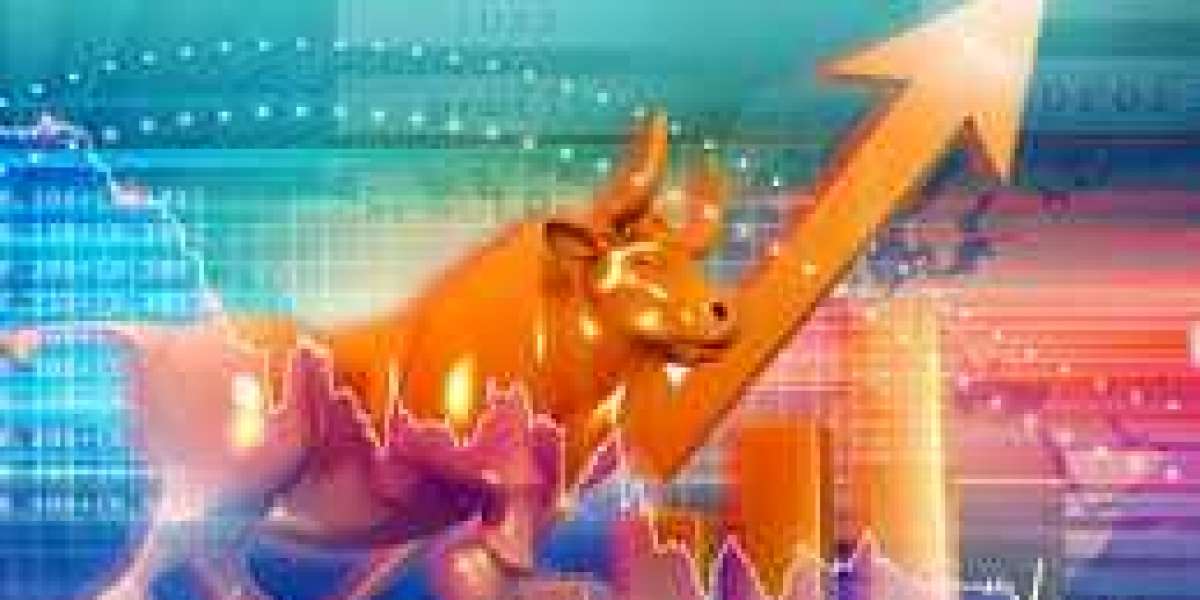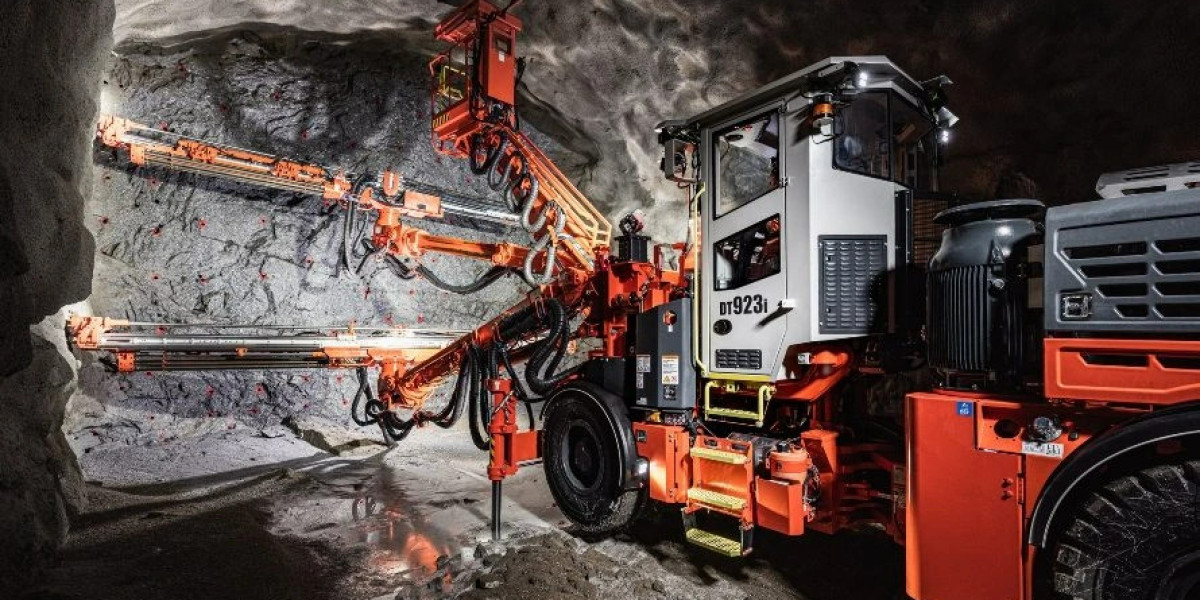Market decoupling
“A phenomenon when the stock markets don’t display the economic reality or the increasing divergence between the markets and the economy.”
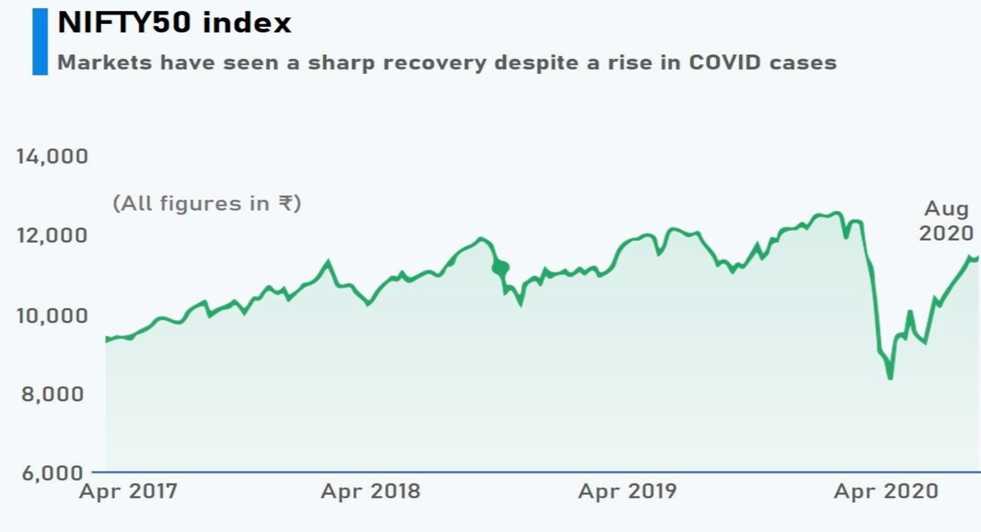
Source: NSE India
How can we pretend that everything is going back to normal and Pre-COVID levels when it clearly isn’t?
The NIFTY and Sensex are close to attaining its pre-COVID levels and are trading at 11,385.35 and 38,528.32. The fastest recovery ever witnessed but does this means that we are heading back to normal?
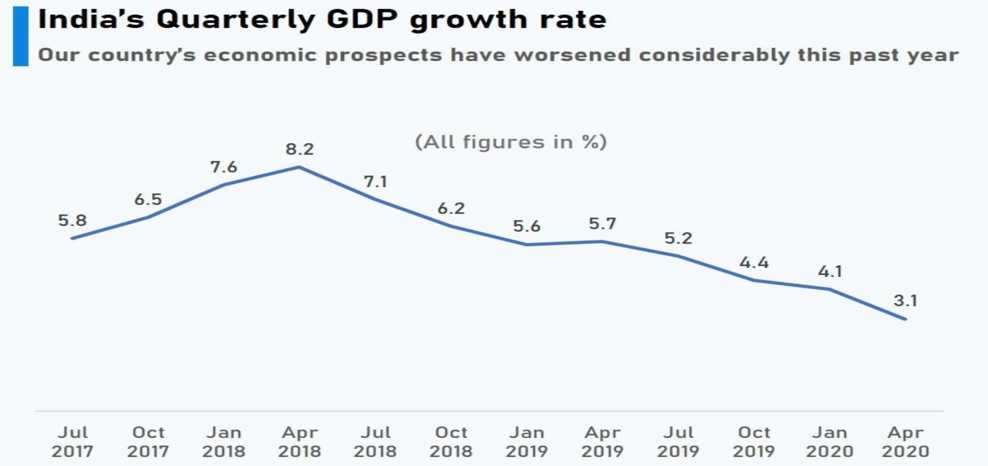
Source: MOSPI
Well, the divergence is unreal. Sometimes it's tough to make it out of the minds of millions of investors.
In order to take a crack at this, Here are my three hypotheses for this unprecedented market decoupling.
H1: Market knows it all
The initial crash was an overreaction of sorts. The nifty collapsed 37% between Feb 20 and March 23. This was a kneejerk reaction to the pandemic and countrywide lockdowns and restriction imposed all over the world. The wise investors expected this would lead to weak earnings and declining EPS in the coming quarters which made them exit at acceptable price points.
But most countries took the risk and are keen on saving the economy from a deeper slump. This led to the opening up of the economy in the phased manner which acted as a positive sentiment charging the bulls on the street.
There is also a fact that at the onset of COVID spread, Vaccine was considered a piped dream and an average 18months to 3 years was an expected arrival time period for any development but Lately, Vaccine development has been expedited heavily since many countries and organisations have poured in million in RD which resulted in top candidates like Moderna, AstraZeneca, etc.
So maybe we will foresee sharp economic recovery soon as the market has it all figured.
H2: Excess money supply
Back in 2008, when the market was reeling with the after-effects of the subprime financial crisis, bankers all over the world wanted to prevent a global recession. So the best way forward was to flood the economy with cheap money and lower down the interest rates to spur up the consumption.
Currently, we have so much money in the ecosystem that investors are predisposed to be optimistic.
In an economy of upsurge, this money forays into tangible investment opportunity like factories, machinery, textiles, steel plants, automotive parts, etc. but strangely this is not the case with India. When we analyse the Gross Fixed Capital Formation as a % of GDP, which tells us what per cent of GDP is invested in tangible investments, we observe that it been on a constant decline.
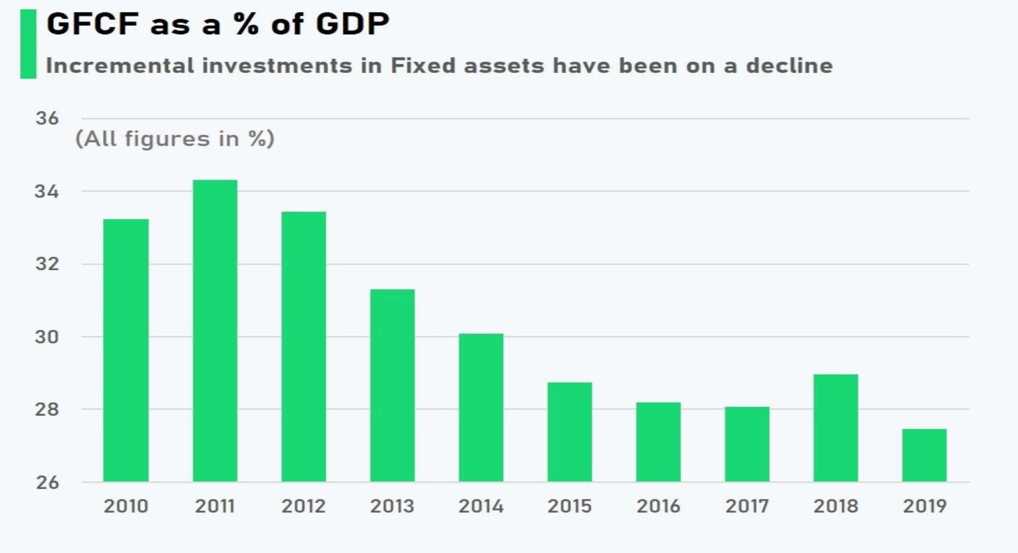
Source: World bank
But since India is an emerging country, a lot of domestic and institutional investors have been pouring money. Along with startups, their interests have piqued in stocks so it should come as a no brainer that the markets are rallying.
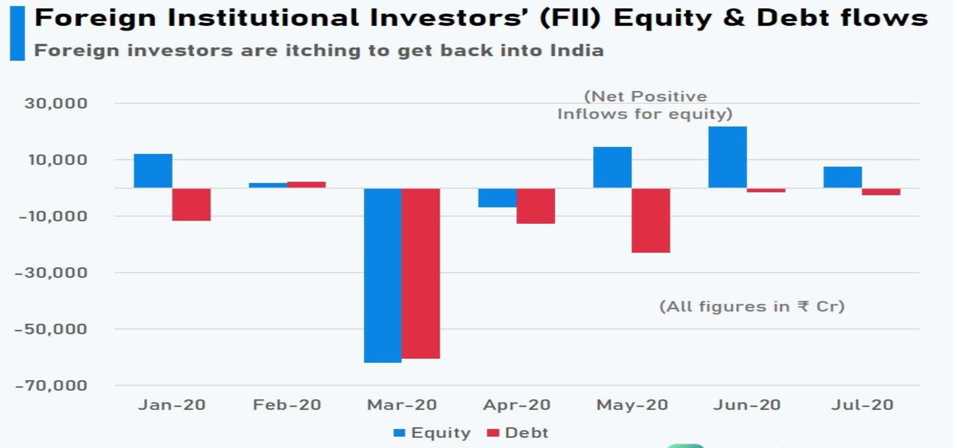
Source: MOSPI
H3: Irrational Exuberance
As Robert Shiller describes it, A speculative bubble is a situation in which news of price increase spurs investor enthusiasm each day. It spreads just like virus and ropes in more participants. No wonder we have witnessed the heavy influx of retail investors in the last 2 months. Brokerage firms have had record openings of Demat accounts. This has led to the incessant rally in the markets.
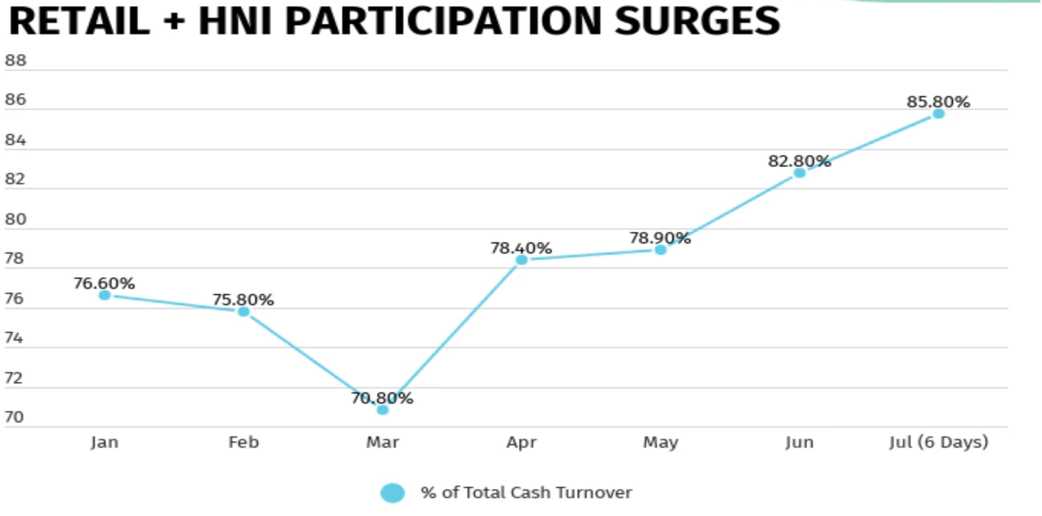
Source: NSE
Now it's up to you which hypothesis to bank on.
